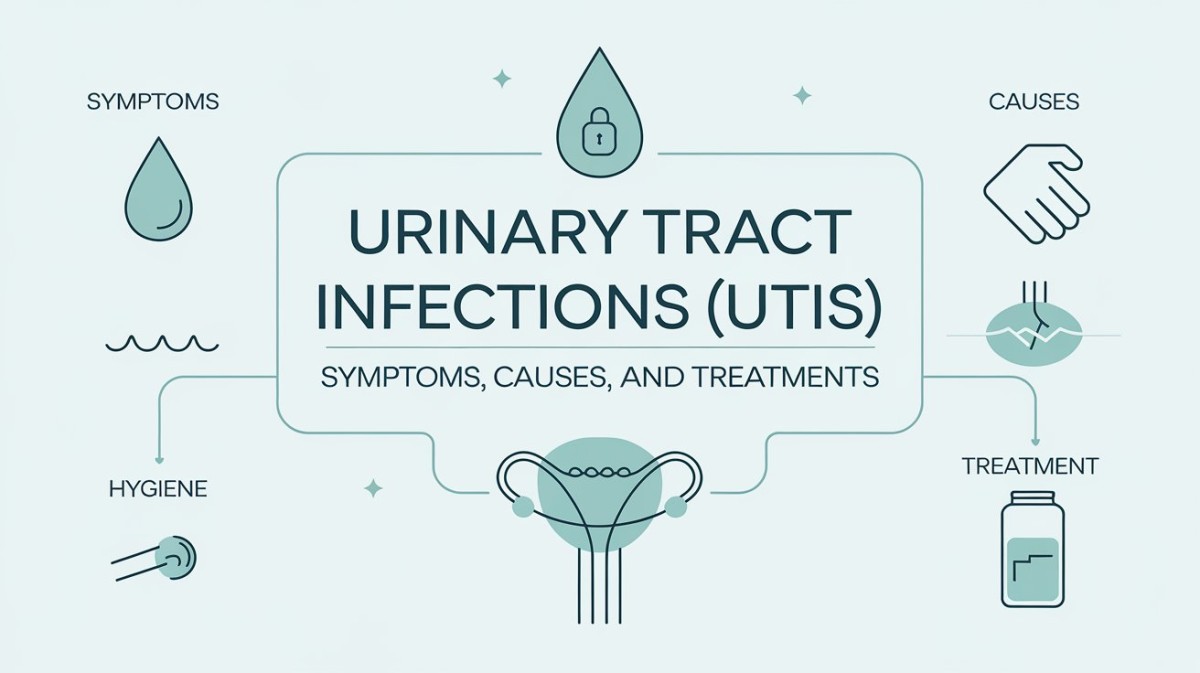Urinary Tract Infections abbreviated as UTIs are one of the most frequent bacterial infections reported around the world. It is estimated that they occur in millions annually, irrespective of gender, although a higher number of women are affected. UTIs are unpleasant and cause discomfort, leading to impact of daily living, and if complications are not addressed, can become more complicated. Here, you’ll learn all the basics of UTIs, from the signs to causes, possible treatment, as well as ways to keep yourself safe from them as suggested by the Best Urologist in Bhubaneswar: Dr. Rahul Pradhan.
What is a Urinary Tract Infection (UTI)?
A UTI is an infection that may affect each part of the urinary system, the kidneys, the tubes connecting the kidneys to the bladder (the ureters), the bladder, and the tube through which urine leaves the body (the urethra). The majority of the UTIs are lower tract infections, which are involving the bladder and the urethra. Bladder infections, known as cyositis, while those in the urethra are termend urethritis. Sometimes, UTIs can spread to the kidneys to a condition called pyelonephritis that might need urgent treatment.
Symptoms of UTIs
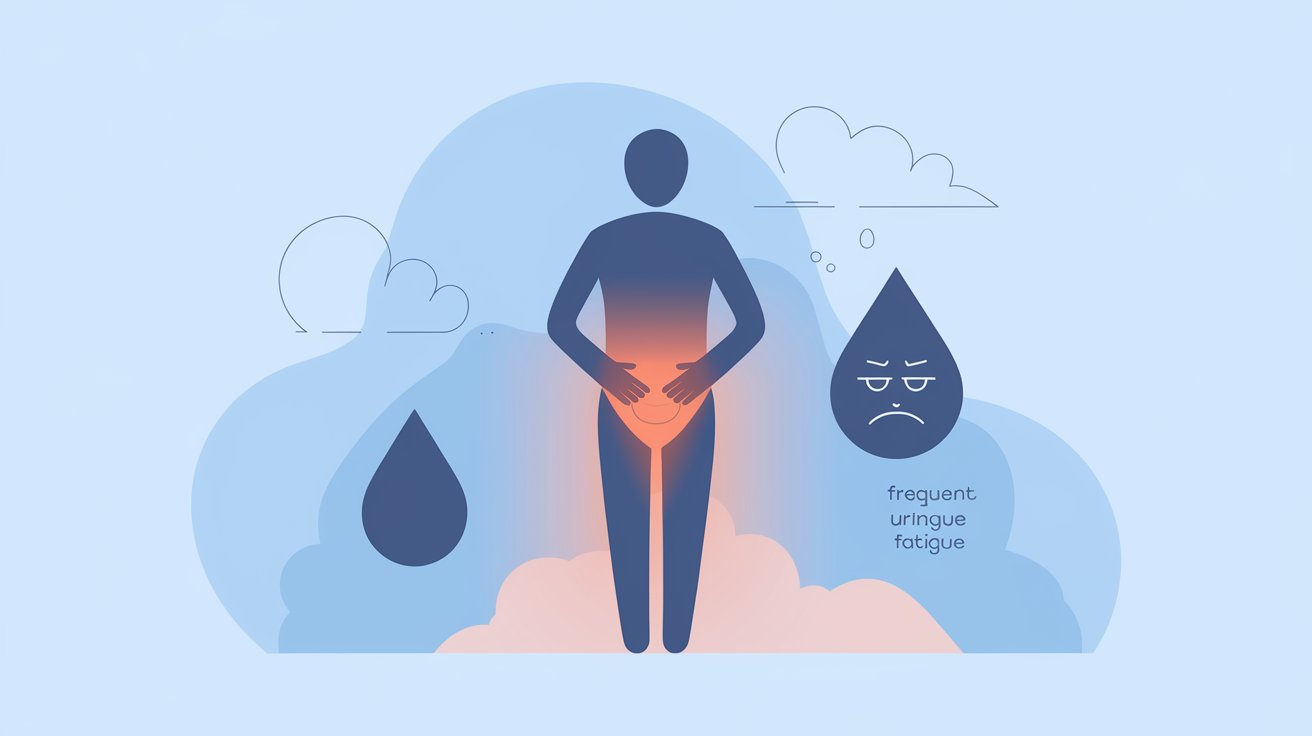
Knowledge of the signs is the first step to diagnosing a UTI. Here are some of the most common symptoms:
1. Pain or Burning Sensation During Urination
One of the earliest signs is a painful, burning feeling during urination any time one is forced to use the bathroom.
2. Frequent Urge to Urinate
UTIs may lead to an urge to urinate which is time be time even if it is in small amounts.
3. Cloudy, Dark, or Strong-Smelling Urine
If the urine is cloudy, or has a noticeable, pungent smell, then the patient will likely have a bacterial infection.
4. Lower Abdominal Pain or Pressure
Symptoms include pain or pressure in the lower abdomen, specially in the area of the bladder.
5. Blood in the Urine (Hematuria)
Sometimes you will be able to see blood in the urine which will have a pink, red or cola like colour.
6. Fatigue or Malaise
A general weakness is one of the signs that is often noticed with flu, and if the infection gets to the kidneys it becomes noticeable.
If left untreated, UTIs that reach the kidneys may cause more severe symptoms like fever, chills, nausea, and flank pain.
Causes of UTIs
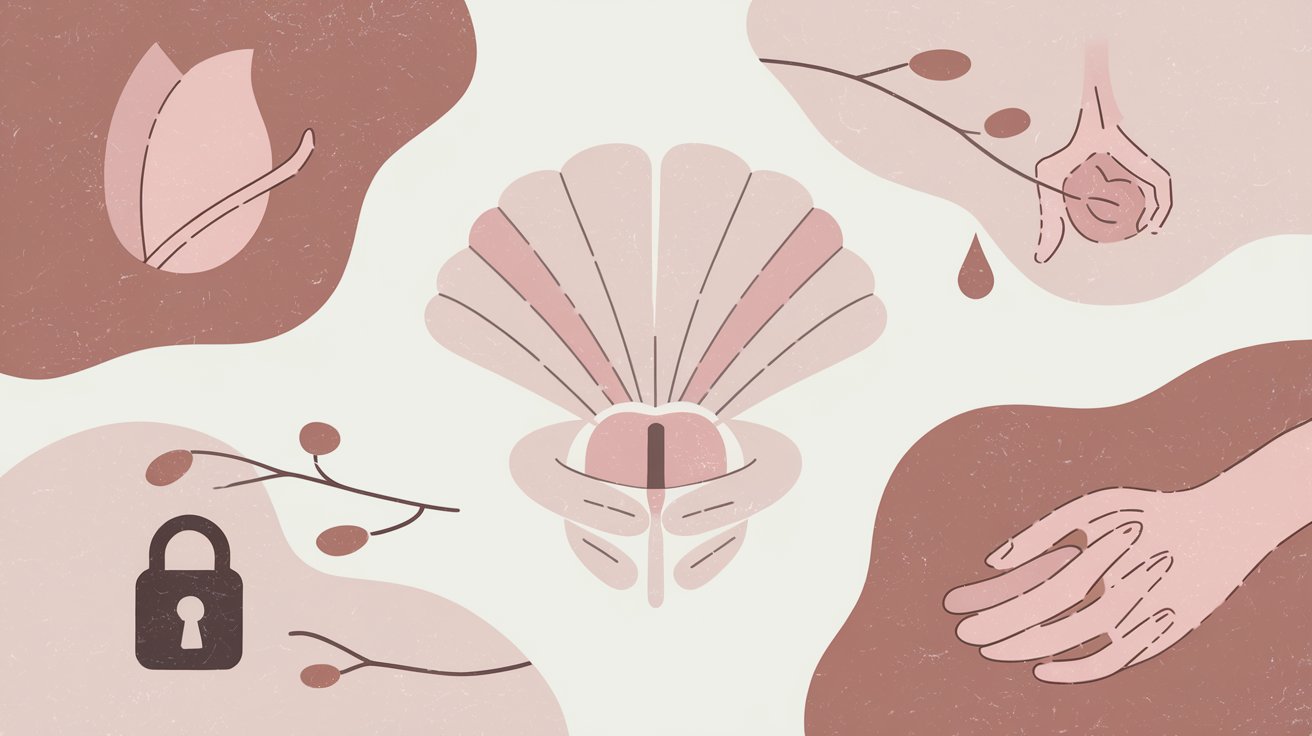
UTIs are predominantly due to bacteria with about 80-90 per cent being associated with Escherichia coli (E.coli). E. coli mostly dwells in the bowels but can sometimes invade the urinary system. Here’s a closer look at some common causes:
1. Bacterial Transfer from the Rectum to the Urethra
This is how E. coli gets into the urinary tract in many cases. Failure to wipe oneself properly after defecation can nudge bacteria transfer along.
2. Sexual Activity
However, sexual intercourse can sometimes place bacteria within the urethra, and women would particularly be susceptible to developing UTIs.
3. Hormonal Changes in Women
Use of any hormonal medication specially during menopausal period for women, leads to UTI as the natural defense of the urinary system against bacteria is removed.
4. Urinary Tract Blockages
If one has; Kidney stones or enlarged prostrate gland, these act as barriers to prevent the free flow of urine that inturn traps bacteria that cause UTI’s.
5. Taking Specific Oral Contraceptives
Spermicides and diaphragms, for instance, can upset the urinary tract bacteria flora causing infections.
6. Compromised Immune System
Reduced immunity enables pathogens to set a base for the infection to start.
Effective Treatments for UTIs Recommended by the Best Urologist in Odisha
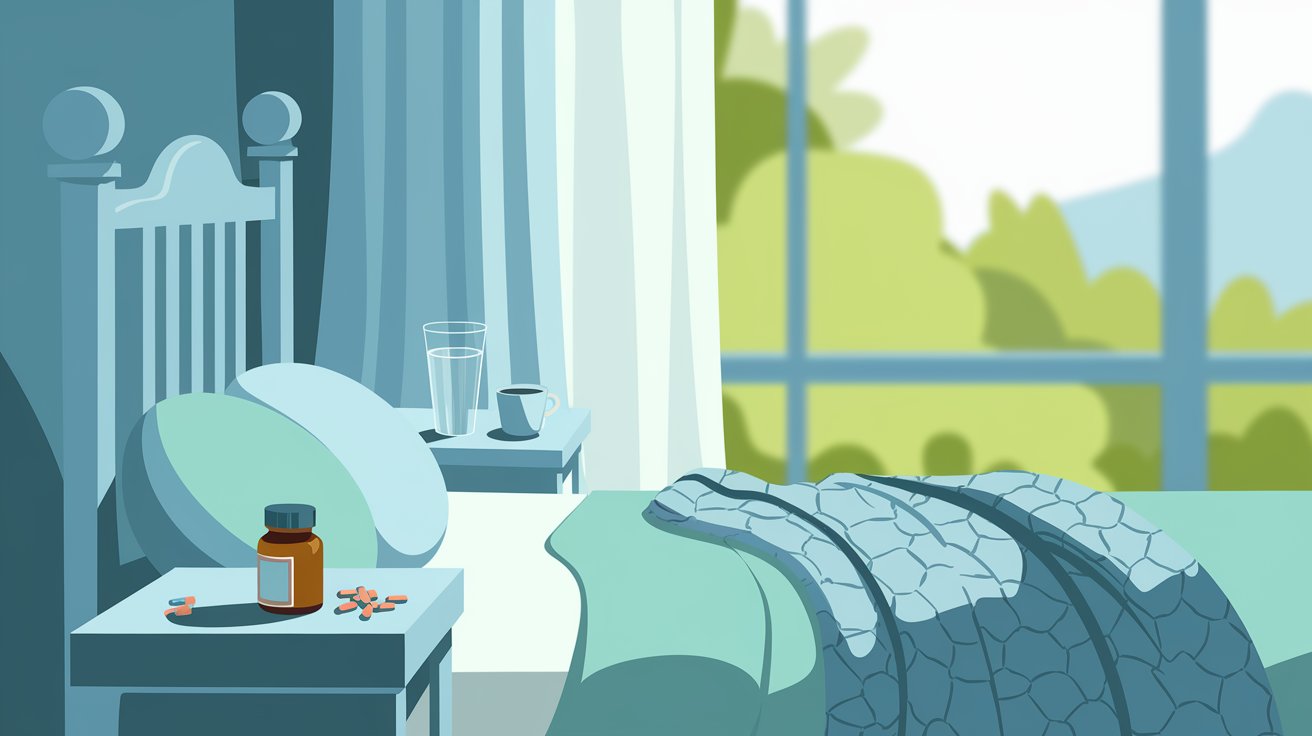
UTIs can only be cured if treated early to prevent further spread of the infection and minimize the pain. Here are some of the most effective treatment options:
1. Antibiotics
Antibiotics are the focal therapeutic treatment available for treating a UTI. And depending on the severe and location of the infection it may be of short term or long term. The medications used to treat UTIs include Trimethoprim/sulfamethoxazole, Nitrofurantoin, and Ciprofloxacin medication.
2. Pain Relief Medication
Several drugs such as phenazopyridine can be used in management of pain burning and discomfort in lower urinary tract. However, because of their ability to alleviate the symptoms, people can become more comfortable as they continue to take the so-called ‘treatment.’
3. Increased Fluid Intake
Accompanying professional advice is necessary; in particular, it is necessary to underline the fact that sufficient personal intake of water promotes the effective cleansing of the urinary system from bacteria. Cranberry juice per se, does not produce a sound scientific evidence, as for it to be used in a preventative manner, it seems to prevent bacterial formation in the bladder.
4. Heat Application
Applying a heating pad to the lower abdomen can alleviate some pain and discomfort associated with UTIs.
5. Probiotics
Instead, probiotics, especially containing Lactobacillus, may support a proper balance of bacteria within the urinary tract and the UTI rate can be minimized among women with recurrent infections.
6. Intravenous (IV) Antibiotics for Severe Infections
In the case of UTIs have reached the kidneys, especially in cases of pyelonephritis necessary to take IV antibiotics in a hospital.
Prevention Tips for UTIs
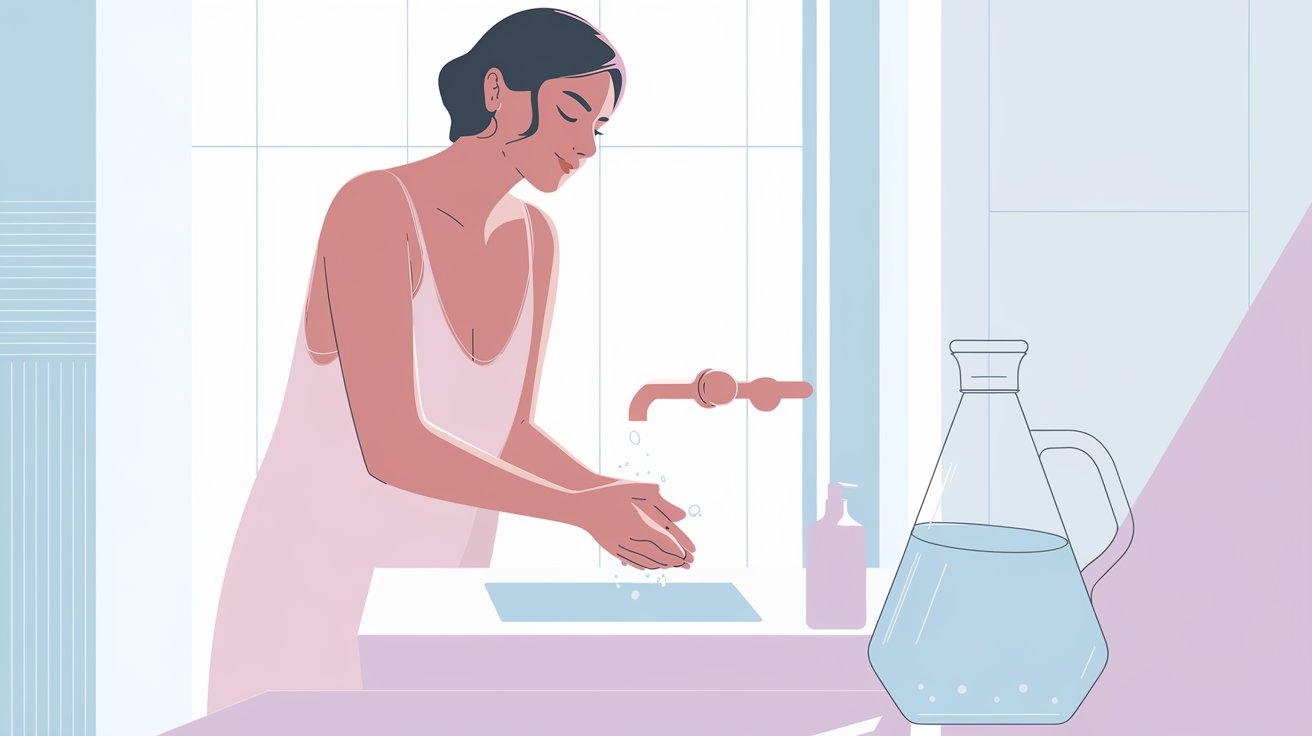
UTIs can therefore be prevented by including some of these useful habits into ones lifestyle. Here are a few tips:
1. Stay Hydrated
The evidence based practice diagram shown above indicates that, drinking several cups of water daily assist in the continuous passage of diluted urine to washing out the microorganisms in the urinary system.
2. Practice Proper Hygiene
Women are advised to clean the front to the back so that they do not transfer bacteria from the anal area to the urinary area.
3. Urinate After Sexual Activity
This assists wash out any bacteria that may have been brought by intercourse from the urinary system.
4. Avoid Irritating Products
Many women use underarm scented soaps powders and sprays that can cause irritation of the urethra and thus facilitate infection.
5. Choose Breathable Underwear
Cotton undergarment can be worn since they enable proper aeration hence reducing the likelihood of microbes developing say in the groin area.
6. Consider Changing Birth Control Methods
If you often contract UTIs, discuss your choice of contraception regimen with your doctor to avoid using ones containing spermicides.
When to See a Doctor
If you develop these symptoms, then there may be UTI, you should consult with a healthcare provider. If one waits till the symptoms become worse, this might lead to multiplication of the viruses and it may affect the kidneys. Contact your physician if you develop fever, chills, back or flank pain, or observe hematuria (blood in urine).
For more such related content check out our blogs on Women's Health.
Conclusion
UTIs are a relatively frequent, although not very severe, infection that if detected on time, can be eradicated with simple antibiotic treatment and some additional measures. Once the symptoms and causes are known, one can be able to notice the signs of developing UTIs earlier and changing ones behaviors can minimize the risks of getting one. However, if you’re ever in doubt or have continuous signs, consulting a healthcare provider is the right thing to do. As you recall, urinary health is a key component of comprehensive physical well-being – so don’t let a simple infection be the reason!
